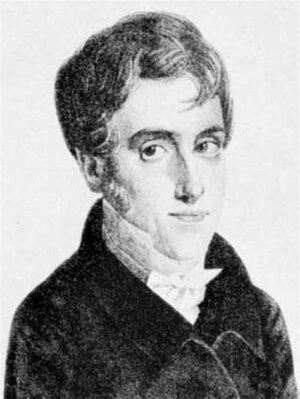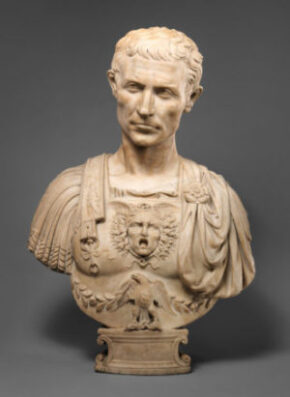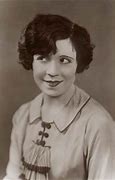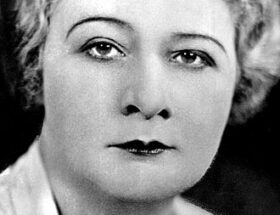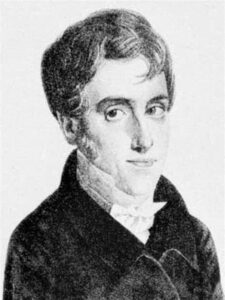
Biography
Nicolas Appert was born on November 17 1749 at Châlons-sur-Marne (present Châlons-en-Champagne, Marne).
From 1784 to 1795 Appert worked as a chef and confectioner in Paris. In 1795 he began his experimentation on ways to preserve food with high success rate in the case of soups, vegetables, juices, dairy products, jellies, jams, and syrups. The food was placed in glass jars sealed with cork and sealing wax and then placed in boiling water.
In 1800 Napoleon offered a prize of 12.000 francs for a new method to preserve food. Appert presented a selection of bottled fruits and vegetables from his manufacture at the Exposition des produits de l’industrie française in 1806, but did not win any reward.
In 1810 the Bureau of Arts and Manufactures of the Ministry of the Interior gave Appert an ex gratia payment of 12,000 francs on condition that he make his process public. Appert accepted the deal and published a book describing his process that year. Appert’s treatise was entitled L’Art de conserver les substances animales et végétales (The Art of Preserving Animal and Vegetable Substances). This was the first cookbook of its kind on modern food preservation methods.
La Maison Appert (English: The House of Appert) in the town of Massy, near Paris, became the first food bottling factory in the world. Appert patented his invention and established a business to preserve a variety of food in sealed bottles. Appert’s method was to fill thick, large-mouthed glass bottles with produce of every description, ranging from beef, fowl, eggs, milk, and prepared dishes (according to some sources). Appert deliberately avoided using tinplate in his early manufacture because of the poor quality of French tinplate. His greatest success for publicity was an entire sheep. He left air space at the top of the bottle, and the cork would then be sealed firmly in the jar by using a vise. The bottle was then wrapped in canvas to protect it, while it was dunked into boiling water and then boiled for as much time as Appert deemed appropriate for cooking the contents thoroughly.
Appert’s method was so simple and workable that it quickly became widespread. In 1810, British inventor and merchant Peter Durand patented his own method, but this time in a tin can, so creating the modern-day process of canning foods.
In 1812 Englishmen Bryan Donkin and John Hall purchased both patents and began producing preserves. Just a decade later, the Appert method of canning had made its way to America. Tin can mass production was however not common until the beginning of the 20th century, partly because a hammer and chisel were needed to open cans until the invention of a can opener.
Posthumous honors
Since 1942, each year the Chicago Section of the Institute of Food Technologists awards the Nicolas Appert Award, recognizing lifetime achievement in Food Technology.
In 1991 a monumental bronze statue of Appert was erected in Châlons-en-Champagne, a work by the artist Jean-Robert Ipoustéguy. A plaque was affixed to his birthplace in 1986.
In 1999, busts of Appert by Richard Bruyère were erected in Institute of Food Technologists I.F.T. Chicago (USA), Massy, and Museum of Fine Arts in Châlons-en-Champagne.
In 2010, a statue of Appert by Roger Marion was erected in Malataverne (France).
A room in the Museum of Fine Arts and Archeology of Châlons-en-Champagne was dedicated to him, (collection Jean Paul Barbier and AINA detail objects on the site of the international association Nicolas Appert.
There are 72 streets named after Nicolas Appert in France, and one in Canada.
There is a high school named after Nicolas Appert in Orvault, France.
2010 was declared Nicolas Appert Year, a national celebration, by the French ministry of culture. The Principality of Monaco issued a postage stamp featuring Appert. An exhibition entitled “Mise en boîte” was held at the Musée des Beaux-Arts et d’Archéologie de Châlons-en-Champagne.
